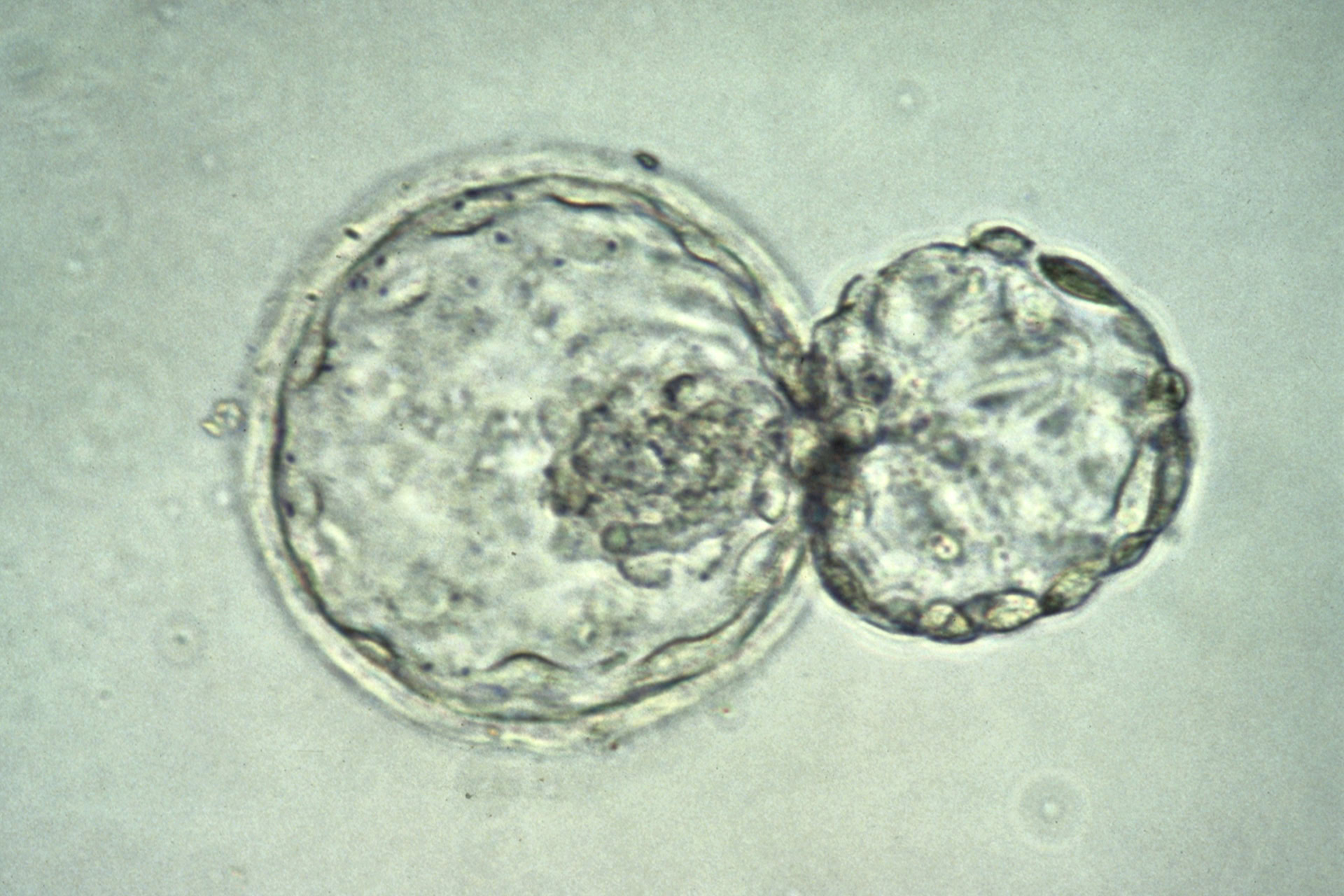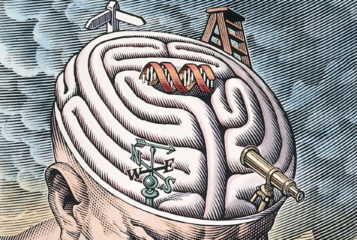Scientists from the UK and US have grown human embryos in the lab for 13 days after fertilisation – the longest ever recorded. This is beyond the stage when embryos would normally implant in the womb, but just before the 14-day legal limit in the UK.
'We can now, for the very first time, study human development at this very critical stage of our lives, at the time of implantation,' Professor Magdalena Zernicka-Goetz, who led the UK research at Cambridge University, told the Guardian.
The longest that human embryos had previously been grown in the lab was nine days, though seven days was far more common.
The research, published in Nature and Nature Cell Biology, promises new insights into early human development that could help determine the causes of miscarriages and infertility, and help create improved progenitor stem cell lines.
'Implantation is a milestone in human development as it is from this stage onwards that the embryo really begins to take shape and the overall body plan are decided. It is also the stage of pregnancy at which many developmental defects can become acquired. But until now, it has been impossible to study this in human embryos. This new technique provides us with a unique opportunity to get a deeper understanding of our own development during these crucial stages and help us understand what happens, for example, during miscarriage,' said Professor Zernicka-Goetz.
Adapting her team's previous work on mouse embryos, the scientists chemically mimicked the womb and found that immediately after the implantation stage, the three cell types that comprise the blastocyst reorganise into a new formation.
'The stem cells in the epiblast that will form the future body have the remarkable ability to self-organise themselves and create a cavity that represent the basic structure of the early post-implantation human embryo,' said Professor Zernicka-Goetz.
This reoganisation process, occurring through cell–cell interactions rather than through programmed cell death as previously thought, was similar to what was observed in mouse embryos. However, the culture method also revealed significant differences between human and mouse embryos, such as the genes expressed and the structure.
'With this work, we can really appreciate the differences between human and mouse, and across all mammals,' said Dr Ali Brivanlou of the Rockefeller University, who led the US research. 'Because of the variations between species, what we learn in model systems is not necessarily relevant to our own development, and these results provide crucial information we couldn't learn elsewhere.'
While the ability to grow an embryo in vitro for 13 days is an exciting breakthrough, the achievement raises ethical and policy considerations. At least 12 countries, including the UK, do not allow experiments on human embryos that are older than 14 days, and some scientists are already calling for the decades-old rule to be revisited (see this week's BioNews comment).
'This limit was chosen more than 20 years ago as it was thought to represent the first point when individuality is assigned and twinning no longer possible,' said Professor Daniel Brison of the University of Manchester. 'However, given the potential benefits of new research in infertility, improving assisted conception methods, and in early miscarriage and disorders of pregnancy, there may be a case in the future to reconsider this.'
Both Professor Zernicka-Goetz and Dr Brivanlou told Nature News that they doubt their embryos would survive much beyond the 14-day mark because work in mice suggests that further developed embryos need an unknown mix of hormones and nutrients from the mother to survive. They are starting to run experiments with embryos from non-human primates and cows, in order to learn more.
Robin Lovell-Badge, a geneticist at the Francis Crick Institute in London who was not involved in the research, said: 'Proposing to extend the 14-day limit might be opening a can of worms, but would it lead to Pandora's box, or a treasure chest of valuable information? This is not a question to be left to scientists alone.'
The Nuffield Council on Bioethics has announced that it will review this issue.
Sources and References
-
Self-organization of the human embryo in the absence of maternal tissues
-
Self-organization of the in vitro attached human embryo
-
Researchers break record for keeping lab-grown human embryos alive
-
Embryo study shows 'life's first steps'
-
Human embryos grown in lab for longer than ever before
-
Scientists develop human embryos through early post-implantation stages for first time







Leave a Reply
You must be logged in to post a comment.